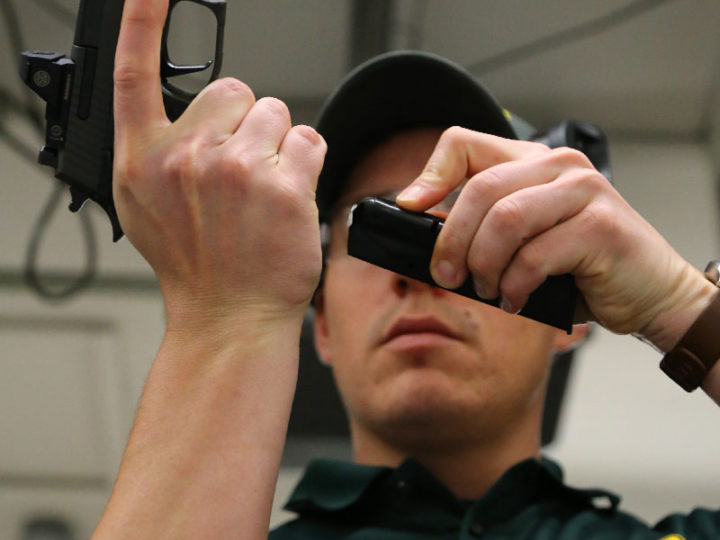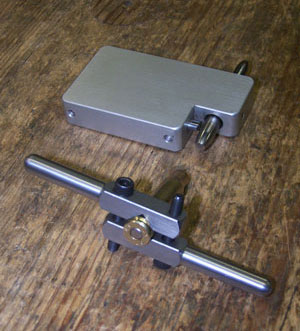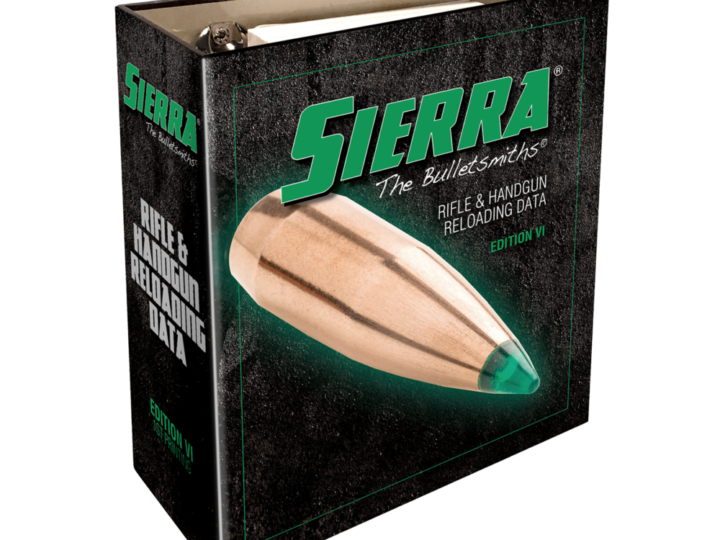357 Magnum Bullet Performance
By Philip Mahin
It’s been a long time since we’ve spoken, but I’m here to fulfill my promise to continue our expansion testing of our 0.357” diameter bullets. If you remember our last project, I found a bullet that works well in my 38 Spec short barrel revolver(110 gr JHP Blitz bullet – #8300). So, I’ve taken that one off the table for testing. The next logical choice is testing my 357 Magnum revolver for velocity and expansion using heavier weight projectiles. My first test will use our 125 gr. JHP (#8320) and the next will be our 140 gr. JHP (#8325). If you will recall, my earlier test using our 140 gr. from my 38 Spec. proved a futile effort to get any expansion. This was because it couldn’t produce the velocity necessary to expand the bullet to my satisfaction.
I also want to mention my bullet catch medium again. My expansion tests use recycled milk jugs, refilled completely with water and placed with their flat side touching. Because they are at least 4+ inches wide, I don’t have an exact measurement for penetration. Also, because water is such a hard medium, my results are going to be a little different compared to actual ballistic gelatin testing. The chronograph is set up about 10’ in front of the muzzle and the jugs are another 20’ or so beyond that, just far enough to not get drenched. Enough of the flash back, on to the testing.
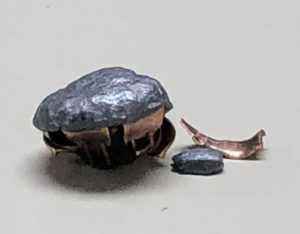
38 cal 125 gr. JHP (#8320)
The 125 gr. worked well in my testing from 1038 fps up to a 1350 fps impact velocity. The faster it hit, the more it fragmented and at 1350 fps, the remains weighed 100.1 grains. There were many small fragments but there was still a main lead core included. The main bulk of the fragments were found in the third jug. The 1038 fps impact proved to retain more weight. Only two fragments were lost from the main body (one lead and the other jacket) and found in the second jug. The fragments weighed 6.1 grains and the main body weighed 118.9 grains for a 125 gr. total. The main body was found in the third jug and measured at 0.620” in diameter. It looks to be an ideal mushroom as you can see in this photo.
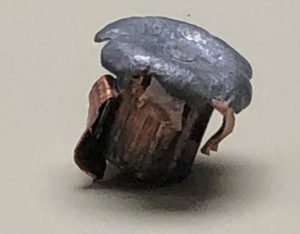
38 cal 140 gr. JHP (#8325)
The 140 gr. worked well in my testing from 957 fps up to a 1250 fps impact. Again, the faster velocity impact pulled the core out of the jacket, but they fit back together like a puzzle piece. The jacket (and one small fragment of lead) were found in the third jug weighing 18.9 grains. The lead core was found in the fourth jug weighing 79.1 grains, so the total was 98 grains. The 957 fps impact gave a lot more expansion than it did in my earlier test. There was no loss of weight and it was found intact in the fourth jug. The nose peeled back to the bottom of the hollow point and gave a 0.580” diameter.
In conclusion, I would personally consider using the 125 gr. as a personal protection round only and the 140 gr. as a dual purpose for personal protection and hunting if I could only have one to carry. Both bullets, at these velocities, offered easy shooting, quick follow up shots, and easy case extraction. Of course, the 357 Magnum can produce much faster velocities than what I posted here, and any faster impact velocity will produce a faster expansion so use at your own discretion. I may extend my next post to include the 158 gr. bullets if you readers see it fitting to do so. Let me know and till then, be safe shooting and have fun.


